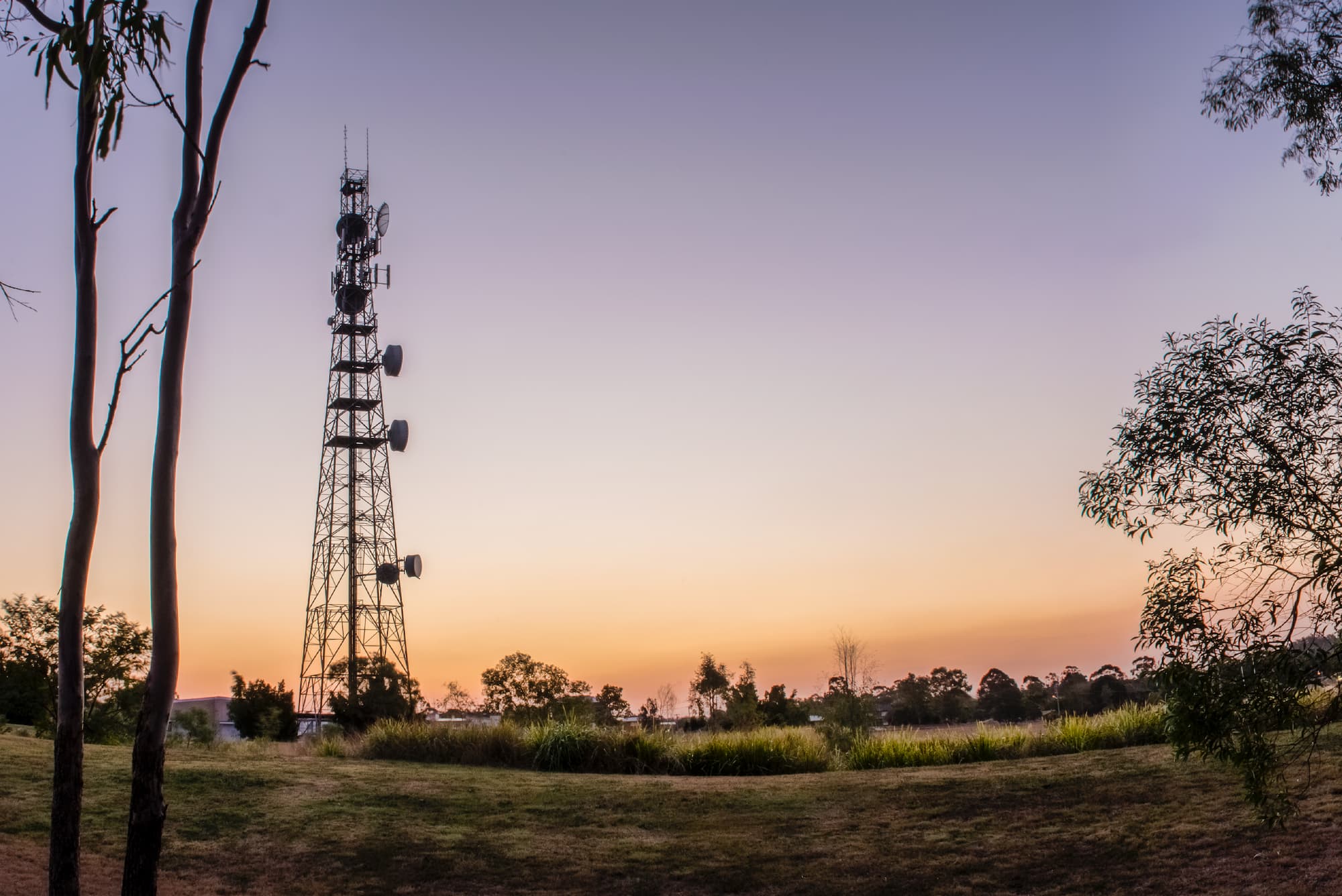BAI Communications is partnering on an ongoing major public 5G deployment with ZenFi and the LinkNYC group to offer connection to underprivileged communities in New York City.
ZenFi just established the Queens Gigabit Center in Jamaica, Queens, in collaboration with LinkNYC and the NYC Office of Technology and Innovation (OTI). The centre will give older inhabitants access to computers and high-speed internet. This is the third Gigabit centre to debut in New York City this year. According to the city, 22% of Queens households do not have access to home broadband.
With its recent acquisition of ZenFi Networks, BAI entered this expanded connectivity endeavor. ZenFi, an autonomous subsidiary of BAI, has a huge fibre footprint in New York, with 1,100 route miles in New York and New Jersey.
The fibre provider has provided the underlying network for the LinkNYC kiosks and towers that have been deployed thus far, as well as collaborating on the design of the new Link5G poles with Comptek Technologies, the CityBridge Consortium, and Antenna Design.
Acquisitive BAI reportedly paid $220 million for ZenFi at the end of July 2022. ZenFi expands BAI’s global infrastructure portfolio.
The CityBridge consortium, Qualcomm, and CIVIQ Smartscapes all have a stake in LinkNYC. The project began in 2014. So far, LinkNYC has deployed over 5,000 of its first-generation Wi-Fi kiosks, making the LinkNYC initiative one of the world’s largest public Wi-Fi networks.
The business has begun deploying its 32-foot-high second-generation 5G-enabled towers since July 2022. These, like the original kiosks, can provide Wi-Fi connections to nearby users and charge devices. The towers, however, can also provide people with a 5G cellular connection.
“Link5G is leveraging a public-private partnership to bring improved mobile cellular service, free high-speed public Wi-Fi, and neutral fiber to communities across the five boroughs, with a focus on equity that ensures underserved communities get online first,” Nick Colvin, LinkNYC CEO, said in a statement to Fierce. “We’re proud to be at the forefront of fighting the digital divide and excited to continue working with our partners at OTI, ZenFi, and BAI to deploy Link5G kiosks across the city.”
Equipment from Ruckus, Fujitsu, Samsung, Nokia, and Ericsson, among others, is used in the Link5G structures.
In the previous four months, LinkNYC has installed dozens of Link5G equipment. It plans to release over 2,000 devices in all. The majority of these will be stationed in Brooklyn, Queens, The Bronx, Staten Island, or Manhattan above 96th Street. To present, less than 20% of Link5G poles have been deployed in Manhattan.
The city selects Link5G tower locations based on communities that lack other internet options, have lower median yearly incomes, lack current LinkNYC infrastructure, and have high foot traffic.
However, some residents have objected to the towers, calling them an eyesore.
For its part, closing the digital divide in New York isn’t the extent of BAI’s ambitions.
In October, we talked to BAI and Transit Wireless CTO Brendan O’Reilly while he was on one of his numerous visits to New York City. The executive said that BAI’s work with the Metropolitan Transit Authority (MTA) in deploying 5G across the entire New York subway system is a major project for BAI.
“The MTA expansion would definitely be in the top three, maybe even number one. I think that the sheer scale of it [and] the relationship that we’re trying to build up with the city and the MTA is really important to us,” O’Reilly said.
Equipment from Ruckus, Fujitsu, Samsung, Nokia, and Ericsson, among others, is used in the Link5G structures.
In the previous four months, LinkNYC has installed dozens of Link5G equipment. It plans to release over 2,000 devices in all. The majority of these will be stationed in Brooklyn, Queens, The Bronx, Staten Island, or Manhattan above 96th Street. To present, less than 20% of Link5G poles have been deployed in Manhattan.
The city selects Link5G tower locations based on communities that lack other internet options, have lower median yearly incomes, lack current LinkNYC infrastructure, and have high foot traffic.
However, some residents have objected to the towers, calling them an eyesore.
BAI is working on similar projects with the London Underground. By the end of 2024, the company plans to give tube users access to mobile internet in every station and tunnel.
Mobilitie is well-known for establishing tiny cells throughout Los Angeles, as well as deploying 4G and 5G antenna systems in huge stadiums across the United States.
BAI will purchase Vilicom, a European wireless infrastructure player, in December 2021. This has allowed BAI to expand its private network coverage. The corporation also owns a majority stake in Transit Wireless.
According to O’Reilly, BAI’s priority for the next few years will be the northern hemisphere. “The US and the UK are the growth engines,” the CTO added. BAI has a full plate for the foreseeable future, with many big transit projects and public and private networks to roll out.


